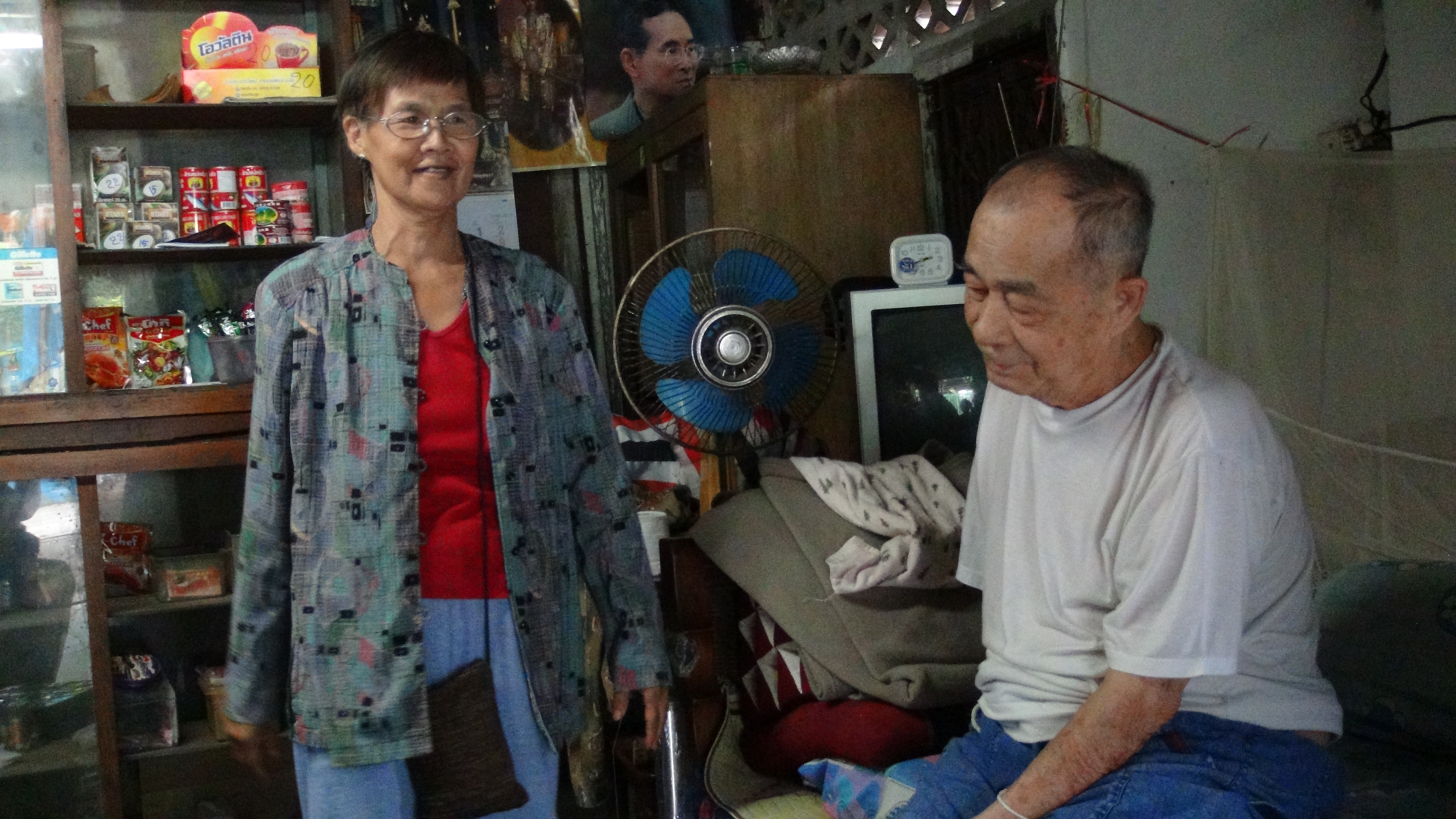AARP Hearing Center
Visiting Southeast Asia to Seek Solutions to Isolation
By Jen Martin, September 19, 2012 09:30 AM
This is a guest post by Beth Casey. Beth is a program manager for AARP Foundation's Isolation Impact Area team, which works to combat and prevent isolation in people age 50 and over.
The challenges of the developing world are not so different from those faced by Americans age 50 and over, particularly the low-income segment of the 50+. Throughout the world, older adults struggle to live their lives with dignity and purpose - to continue to put food on their tables and get the health care they need, to navigate their homes and communities as their mobility declines, to regain or maintain opportunities to be a resource for and voice within their communities.

We learned this firsthand over the summer as we visited Southeast Asia with our hosts HelpAge International to learn about the innovative solutions they're developing to combat isolation. Isolation Impact Area Vice President Walter Woods and I traveled in Asia to learn from our HelpAge International colleagues and from the incredible older adults they serve.
In the Philippines, we visited one of the poorest neighborhoods in all of Metro Manila and witnessed its older adults coming together to lead their community toward more stable livelihoods. In Vietnam, we saw rural communities transformed through the engagement of their 50+ members, with sharing of rich traditions that had once been close to lost and the creation of a help network to support those in crisis. And in Thailand, we joined one of hundreds of 50+ volunteer caregivers on rounds through her community; she described the valuable support she provides to those she visits but her main motivation was the sense of purpose she gains from providing that help.
Often, the scale of these challenges in the developing world dwarfs that of the U.S. Poverty is much deeper and more entrenched, and the civil society structures of the developed world are often weak or altogether absent. It is precisely because of these differences that the Isolation Impact Area team believes the developed world - and specifically AARP Foundation - can learn from the developing world. Because of the enormity of the challenges faced and the lack of formal systems for addressing them, individuals and NGOs throughout the developing world are creating and implementing innovative solutions.

In the countries we visited, we witnessed individuals and communities coming together to make their own lives better with a little support from HelpAge International. We believe these types of solutions can be translated into the US context. As we traveled, we heard Vietnamese, Tagalog, and Thai and didn't always exactly understand what we were being told. But the pride and dignity of older adults helping themselves was clear in any language.
Did you know isolation can be just as bad for your health as smoking? Check out 7 Things to Know About Isolation . AARP Foundation is pioneering a research project to help us understand how people age 50+ get onto a pathway to isolation.































































